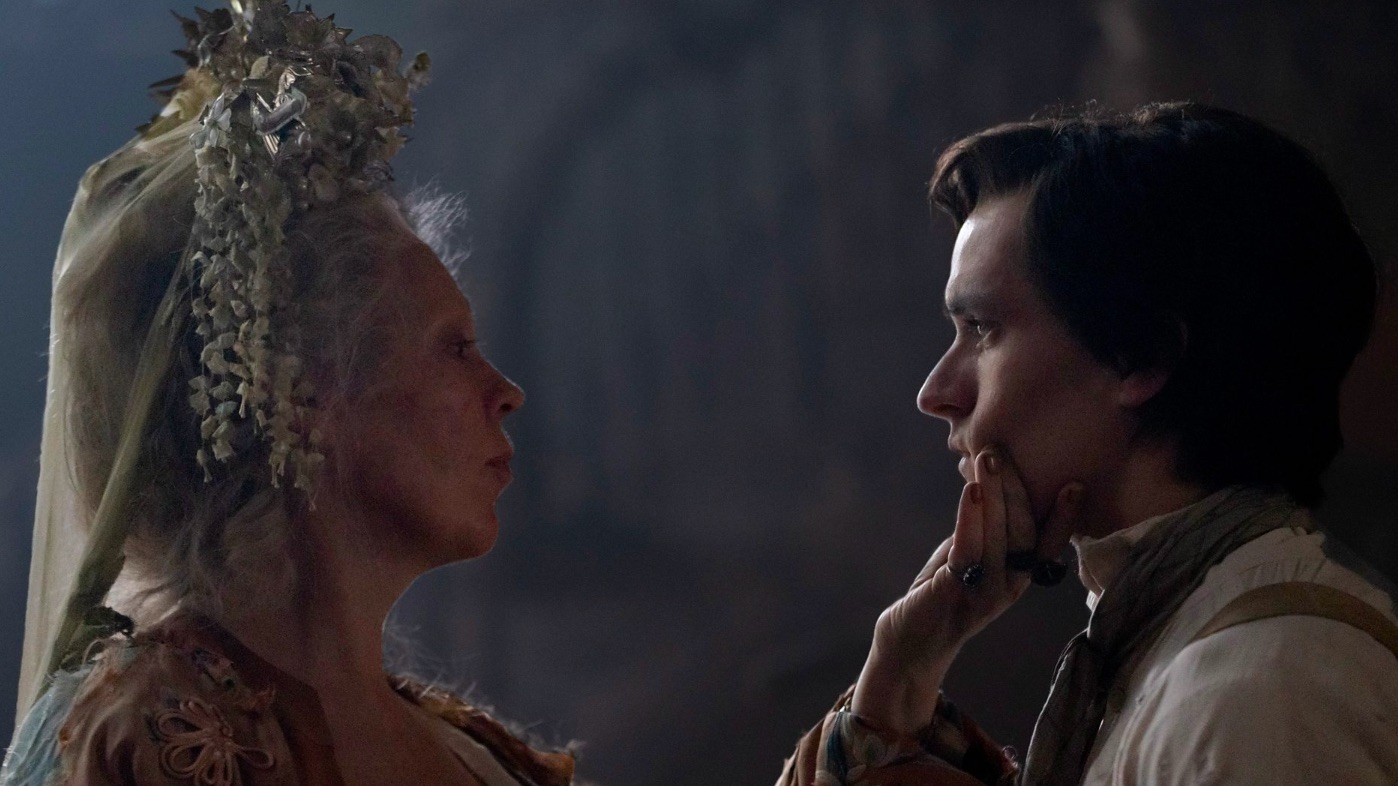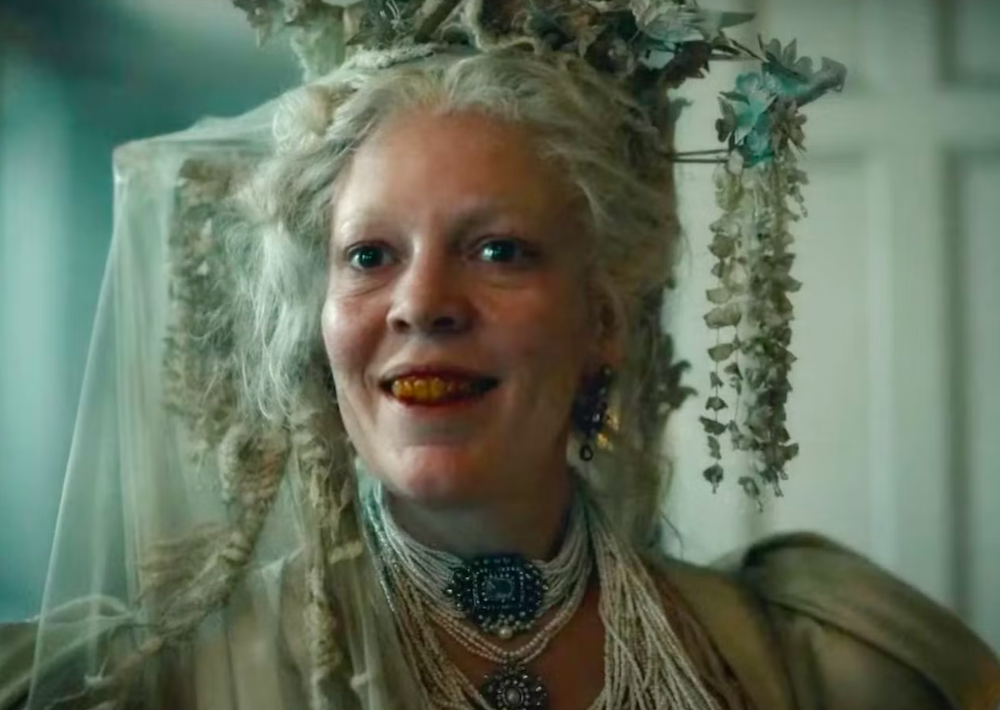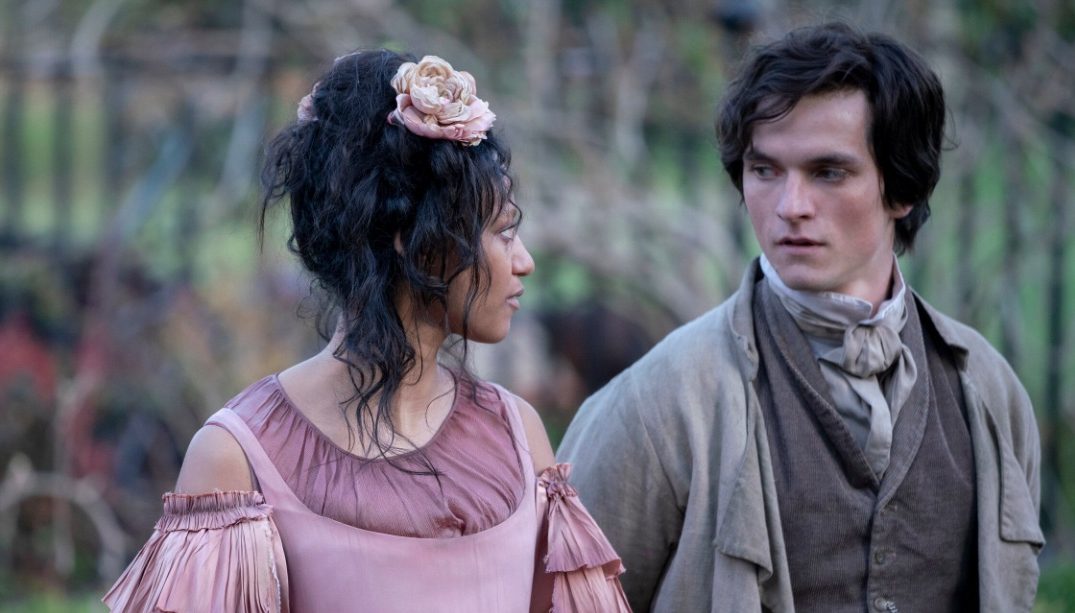Hulu’s ‘Great Expectations’ follows the story of a young man named Pip, whose life is changed after meeting the reclusive Miss Havisham. While going through his life’s many dark twists and turns, Pip tries to elevate his social standing. His love for Estella, Miss Havisham’s adopted daughter, also makes things more complicated. A plethora of other characters adds to the drama and intrigue of the story. Created and written by Steven Knight, the show highlights the differences in the class system. Despite its period setting, the themes of the story resonate with contemporary times. If you are wondering whether the show is inspired by true events, then here’s what you should know.
Great Expectations is Based on Charles Dickens Novel
‘Great Expectations’ is based on the novel of the same name by Charles Dickens. The story first appeared weekly in a series of chapters in December 1860. It was later published in a volume of three novels in 1861. Critically hailed on its release, Dickens’ story is one of the classics of English literature and has influenced many storytellers over the years.

Its unflinching and creative critique of class differences makes it such a beloved and timeless tale. Dickens is said to have put some biographical elements into the story. The characters in his novel are also a reflection of some people he met along the way. For example, the wealthy but reclusive Miss Havisham is said to have been inspired by a certain Parisian duchess. Dickens’ real-life mistress, Ellen Ternan, is believed to be the inspiration behind the character of Estella. Similarly, Miss Havisham’s Satis House resembles Restoration House, an Elizabethan mansion in Rochester, Kent.
Over the years, ‘Great Expectations’ has been adapted numerous times for TV and film. For Steven Knight, who also adapted ‘A Christmas Carol’ for the BBC in 2019, Dickens’ stories are timeless because of “the issues and the subjects that he deals with. They won’t be just of the time, they will be about the human condition.” In adapting it for the screen, Knight brings his distinctive aesthetic and tone to the story. It is more raw and uncensored, exploring elements like “sexuality, crime, disobedience against the crown and state,” which Knight says Dickens couldn’t have written explicitly in his time.
“I wonder what Dickens would do if he had the liberty to write about the realities of what London was really like. He alludes to it in all of his novels, but he can never go into those dark places. So that’s what I tried to do,” Knight said. Bringing the story out of its original timeline, Knight makes it more modern and accessible to the audience. In the process, he wondered how Dickens would have approached the story if he weren’t inhibited and had “the freedom to go those darker places.”

The adaptation is also personal for Knight because he connected with Pip’s character. “Pip is the son of a blacksmith, a farrier, and I’m the son of a blacksmith, a farrier. Pip is trying to escape from his background to change himself and become a gentleman, and that rings a bell with me personally,” he said. Revealing how he has drawn upon his younger years to enrich the story, Knight said: “I spent a lot of time when I was a kid, not going to school, but going out shoeing horses in scrap metal yards and riding stables meeting lots of interesting people. I felt that expectation for Pip, which is not even like a conscious thing. It’s not like someone says, I’m gonna stop you doing anything other than this. It’s like, that’s what you are. That’s how you are born.”
This personal connection allowed him to look at the complexities in Pip’s character more deeply, especially when it comes to “the class system and whether you can ever leave the place where you were born or be accepted in a social class that’s different to yours.” Knight added: “For me, there is something personal about the scenes where he’s in the blacksmith’s shop collecting nails. I think things work best when you take a personal experience and find the bigger message.”
In adapting the story for the screen, Knight paid attention to detail when presenting 19th-century society. He has “always been really interested in 19th century London and the reality of it.” Citing Mayhew’s London as a reference, he tried to “reflect what was really going on” in the society at the time. Presenting Pip’s great expectations about rising from his station while getting involved in the debauchery and the evil machinations of Miss Havisham required the story to have a certain darkness to it, and Knight didn’t hold back the punches.
Considering all this, we can say that while ‘Great Expectations’ might be a fictional tale, it draws elements from real life. Dickens used it to present a portrait of the society that he was living in. Knight presents an iteration that is more personal to him while also focusing on the issues from Dickens’ work that remain relevant even now.
Read More: Where is Hulu’s Great Expectations Filmed?


You must be logged in to post a comment.